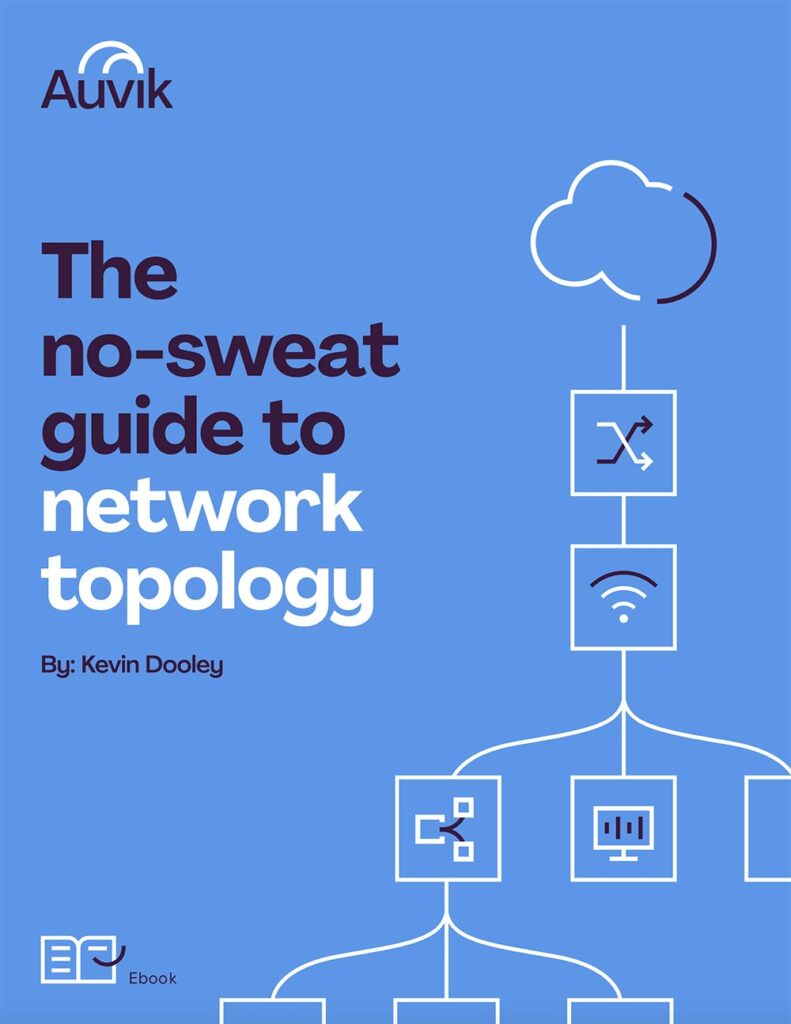Wi-Fi 6, or 802.11ax if you want to get technical, is the latest version of the 802.11 standard for wireless network transmissions that we all know as Wi-Fi. And if you’ve been on any tech news websites lately, you’ll know the topic is taking the tech world by storm (even if the hardware to support it is just now trickling out at premium price points).
To get to the bottom of all the Wi-Fi 6 buzz, we talked with Lee Badman, a wireless network architect and expert, about what it means for MSPs and whether they should buy into the hype.
Wi-Fi 6 has its perks
There’s a reason everyone’s talking about it, and it’s not just because it’s the latest tech. It’s because it does offer some great benefits. For example, Wi-Fi 6 offers:
- Faster data transfer speeds. On Wi-Fi routers with a single device, max data transfer speeds should be 40% higher than on Wi-Fi 5-enabled devices.
- Longer battery life. When an access point is talking to a device, it can tell the device to put its Wi-Fi radio to sleep and when to wake it up to receive the next transmission, which conserves power.
- Better performance. In crowded public places and in homes or offices with a lot of Wi-Fi-enabled devices, Wi-Fi speeds will be at least four times faster.
It sounds great, and it likely will be. But if your clients think it’s in their best interest to invest in Wi-Fi 6 as soon as possible, you’ll want to encourage them to slow down and think about their options.
Be wary of what you’re being promised
The fact is Wi-Fi 6 may be here, but it’s a long way from being ubiquitous. Lee says, “A lot of people aren’t realizing that, really, the standard isn’t even settled yet. Even though the [Wi-Fi Alliance has] done their certification, it doesn’t mean that the standard is here.” And while the Wi-Fi Alliance certification program is available, it doesn’t mean every device being advertised as Wi-Fi 6 compatible actually will be. “Each vendor’s story needs to be looked at really, really closely on early Wi-Fi 6 hardware. They’re saying ‘Here’s our Wi-Fi 6 product line, and a number of [the devices] will absolutely be Wi-Fi 6 compatible when the standard is released.’ But they’re calling it compatible because it hasn’t been certified yet.”
So until the standard is everywhere, buyers beware.
And take some time to think before investing
Once the standard is here, and you’re thinking about going all in, you need to ask yourself two questions: “Are any of my clients going to require Wi-Fi 6’s capabilities?” and “Will I be getting any Wi-Fi 6 clients in the near future?” It’s probably no, or at least not for a while.
Ultimately, it’s a decision you need to make on a client-by-client basis. “In an all-wireless laptop environment where everybody upgrades their laptops every year or two, they’re going to go to Wi-Fi 6 with their client devices quicker,” Lee says. “If your client is in a warehouse environment where the only wireless device in their entire operation is a wireless scanner, then it’s likely not a worthwhile investment.”
And above all, even if you keep hearing Wi-Fi 6 success stories and are feeling pressured to invest, remember this:
“Know that there’s no one universal story. Every network is slightly different. Even though we all use the same building blocks, every client mixes different devices with different policies, and every network is going to be different. On a client-by-client basis, what’s allowed and what’s not allowed on the network is going to be different. The big message is to not get ahead of yourself and not get caught up in the buzz of the concept.”




